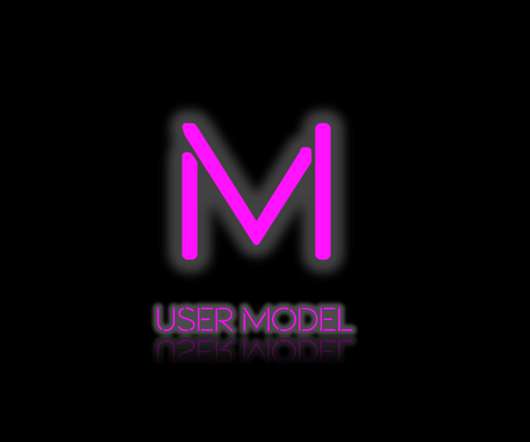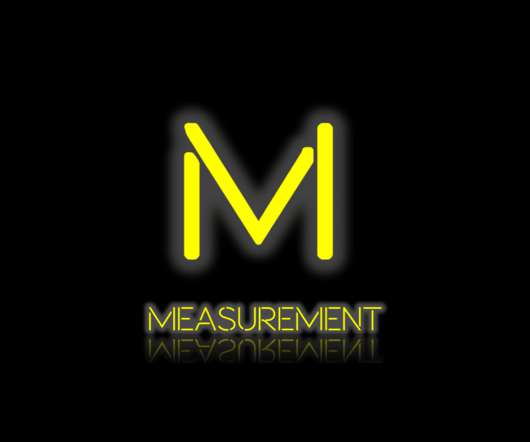User Model: What SaaS platform builders need to know to prepare for growth, Part 1
CloudGeometry
JANUARY 15, 2022
Before you shout “Digital Transformation” in a crowded marketplace, it’s important to recognize two foundational principles in developing a SaaS product plan. Tenant isolation also drives requirements for security, compliance, geo-based platform selection, data privacy, and more. Tenant isolation is a balancing act.













Let's personalize your content